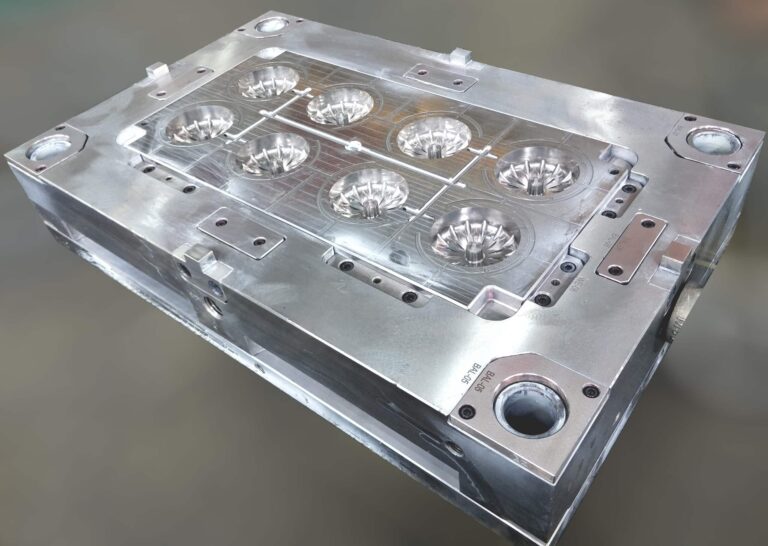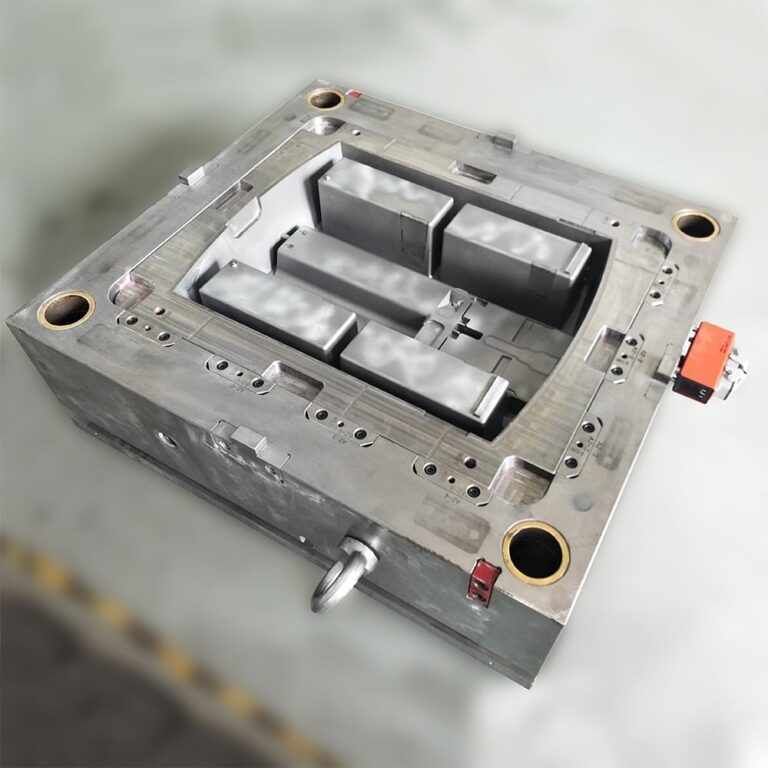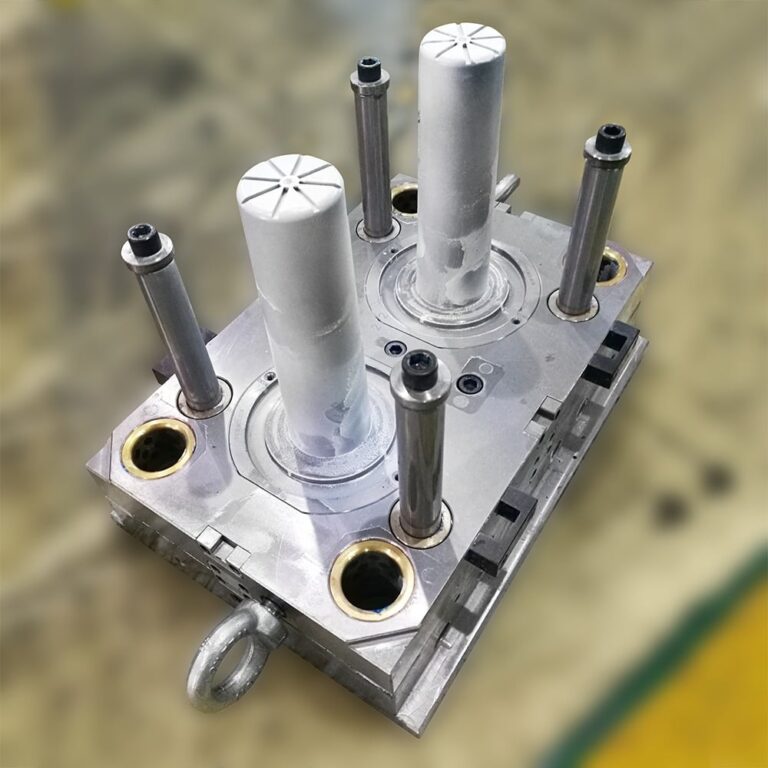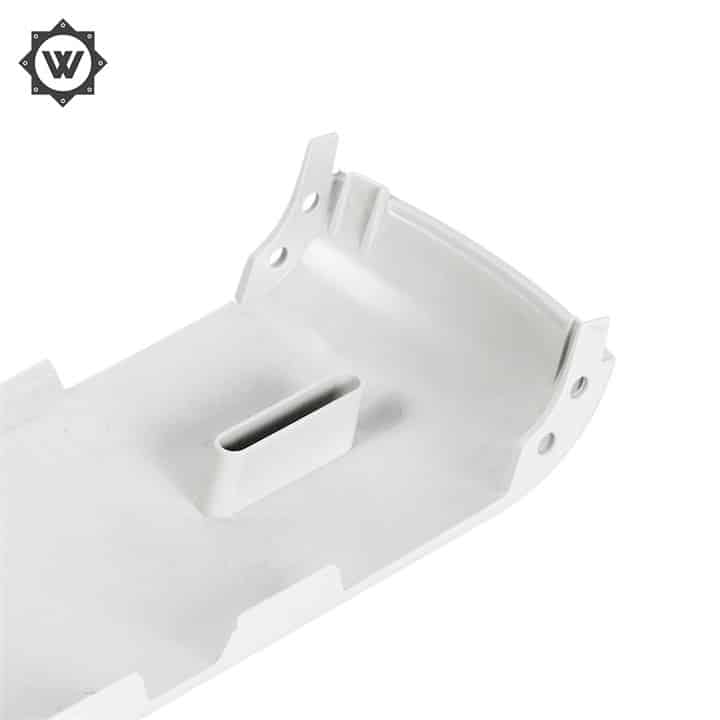5 common problems on the surface of TPE products injection molding
The surface of TPE products injection molding products must be dried before injection molding if the requirements are strict. Generally, it is 70~80℃/2h for hopper drying or 80~100℃/1h for tray drying. For tray drying, it should be noted that the thickness of material layer is generally not more than 50mm is better. It is recommended to use tray drying.
If the surface of the injection molded material strip has blistering, or cut open the strip and find that there are hollows inside, or find that the surface of the product and scattered silver wire, it can be determined that the TPE/TPR raw materials contain too much moisture.
A. Flow traces
In the molding products appear on the surface of the luster of different stripes phenomenon. Generally speaking, in the injection molding of resin there are.
(1) narrowly spaced record streak-like.
(2) Wide interval streaks of the same phase on the surface of the molded products.
(3) Narrow interval streaks of ectopic phase on the surface of molded products.
Solution: It can be solved by these methods, such as adding pure monomer resin, increasing the injection speed and mold temperature, increasing the injection port, increasing the resin temperature and injection rate, increasing the molding temperature and mold temperature, or decreasing the injection speed. By increasing the injection speed and mold temperature are effective.
Second, poor mold release
Poor mold release means that the molded products are difficult to be removed from the mold or completely deformed in the process of removal. Materials with adhesion are very easy to cause this problem, but it can be improved by adding mold release agent to the material or applying mold release agent on the mold before molding. Inadequate cooling (under-curing) of the molded product is also prone to this problem, so adequate cooling of the molded product is essential.
In addition, unreasonable mold design can also be the cause of difficult mold release, especially in the injection port, into the rubber channel and other parts of the easy to stick mold, increase the extraction angle of the injection port, widen the rubber channel are very effective.
Third, aging
Phenomenon: The mechanical properties of the products are obviously reduced, and the appearance quality is deteriorated.
Reason: Compared with inorganic materials and metal materials, the heat resistance and ultraviolet resistance of polymer materials are poor, causing the aging of products. Most of the products have significantly reduced their mechanical properties and deteriorated appearance quality due to aging.
Solution: By matching with heat-resistant and weather-resistant stabilizers, and by adding UV absorbers and light stabilizers, the aging phenomenon can be suppressed to a certain extent.
Fourth, the color is not uniform
When using thermoplastic elastomer pellets and dry blends as the master mixture of pigments for coloring, it is easy to have uneven color of molded products. As a countermeasure, it is effective to increase the back pressure of the screw and strengthen the mixing of the filler.
V. Whitening phenomenon
It refers to the migration of stabilizers and other compounding agents to the surface of the molded products, the surface of which appears a white phenomenon like spraying powder
Cause: Mainly due to the excessive amount of stabilizer with or incompatible with the polymer and caused.
Solution: For this type of problem, choose a stabilizer with good compatibility with the polymer or control the amount of stabilizer to the best range. Secondly, it is also very effective to replace it with a stabilizer of high relative molecular mass. In addition, there are also stabilizers that perform their functions by migrating to the surface of molded products.
For example, antistatic agents, lubricants, etc. For such stabilizers, it is necessary to select stabilizers that are difficult to bleach even if they migrate.
However, in the case of high temperature, humidity, and long-term outdoor use, it is necessary to add heat-resistant stabilizers and weather-resistant stabilizers to improve durability. Especially under high temperature, it is very easy to cause migration, so the choice of stabilizer is also quite important.






